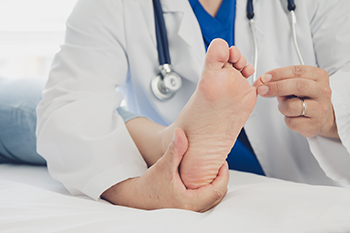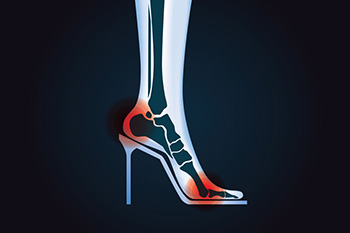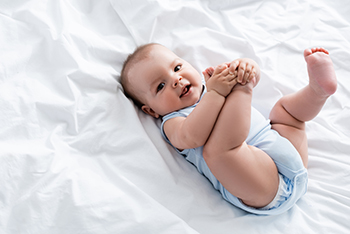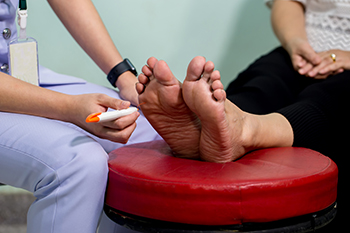
Podiatrists, often referred to as foot doctors, are healthcare professionals specializing in the diagnosis, treatment, and prevention of disorders and injuries related to the feet and ankles. Their job entails a diverse range of responsibilities to ensure optimal foot health for their patients. Podiatrists conduct thorough examinations to diagnose various foot conditions, including bunions, plantar fasciitis, and diabetic foot ulcers. They often use diagnostic tools such as X-rays and laboratory tests to aid in their assessments. Once a diagnosis is made, podiatrists develop individualized treatment plans, which may involve prescribing medications or performing surgical procedures. Additionally, podiatrists educate patients on proper foot care, footwear, and prevention strategies. They may also collaborate with other healthcare professionals to address underlying health conditions that affect the feet, such as diabetes or arthritis. In addition to clinical work, some podiatrists conduct research to advance the field's knowledge and develop innovative treatments. Overall, podiatrists are dedicated to improving the quality of life for individuals by ensuring the health and functionality of their feet and lower limbs. If you are interested in pursuing a career in podiatry, it is strongly suggested that you speak to this type of doctor who can provide you with valuable information.
If you are experiencing pain in the feet or ankles, don’t join the stubborn majority refusing treatment. Feel free to contact one of our podiatrists from Foot and Ankle Clinics, PA. Our doctors can provide the care you need to keep you pain-free and on your feet.
What Is a Podiatrist?
Someone would seek the care of a podiatrist if they have suffered a foot injury or have common foot ailments such as heal spurs, bunions, arch problems, deformities, ingrown toenails, corns, foot and ankle problems, etc.
Podiatric Treatment
A podiatrist will treat the problematic areas of the feet, ankle or lower leg by prescribing the following:
- Physical therapy
- Drugs
- Orthotic inserts or soles
- Surgery on lower extremity fractures
A common podiatric procedure a podiatrist will use is a scanner or force plate which will allow the podiatrist to know the designs of orthotics. Patients are then told to follow a series of tasks to complete the treatment. The computer will scan the foot a see which areas show weight distribution and pressure points. The podiatrist will read the analysis and then determine which treatment plans are available.
If you have any questions please feel free to contact our offices located in Woodbury, West St. Paul, and Edina, MN . We offer the newest diagnostic and treatment technologies for all your foot and ankle needs.




